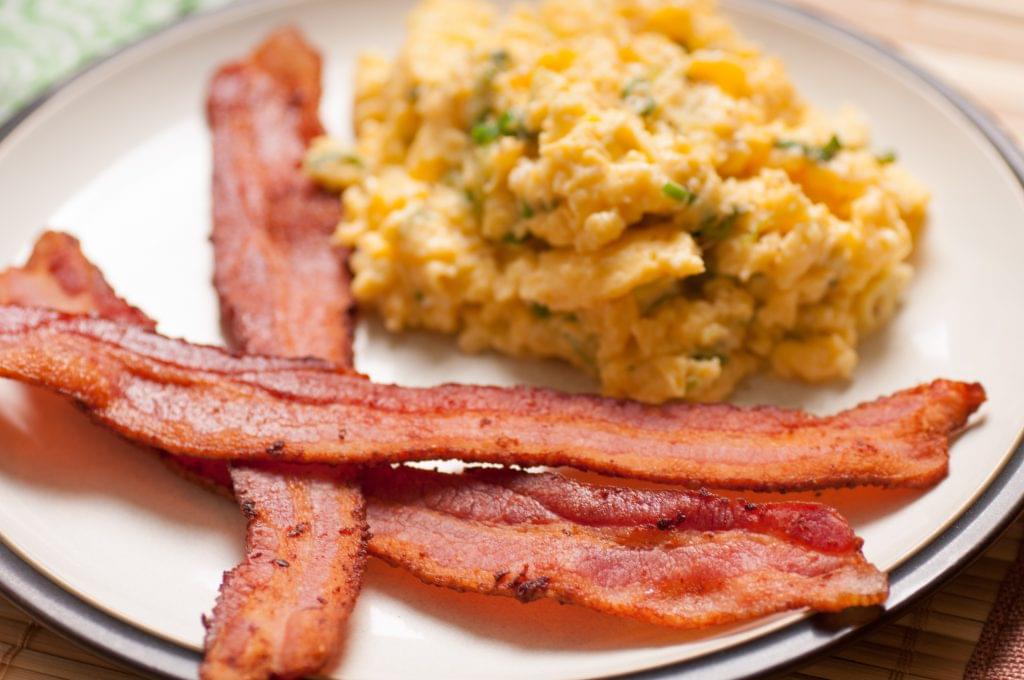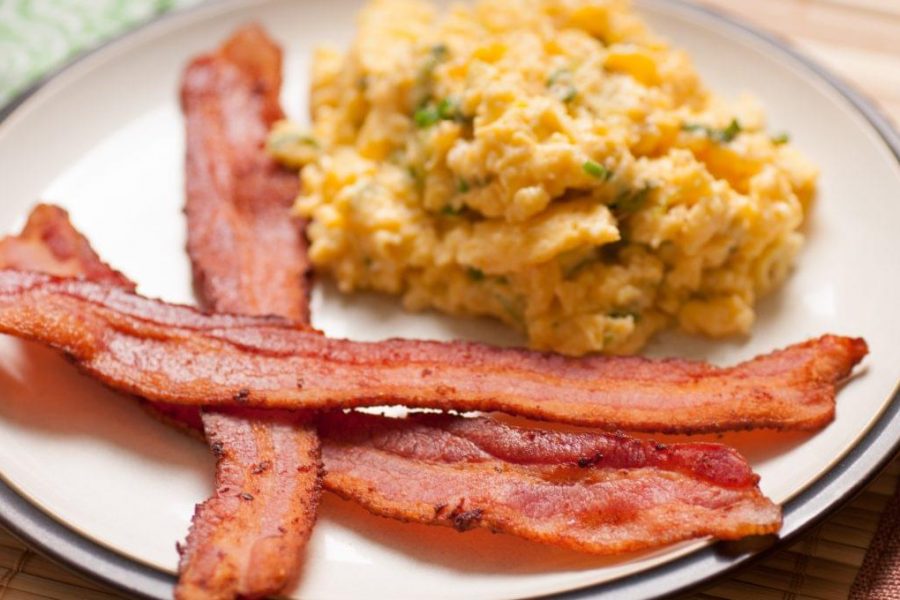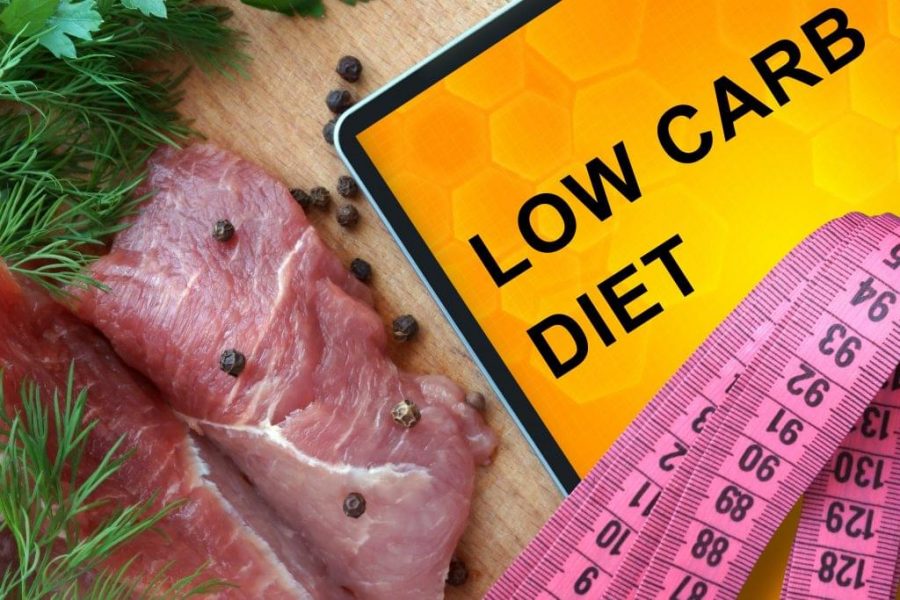Ketogenic Diet Epilepsy Treatment
Ketogenic Diet Epilepsy | Ketogenic Diet Treatment Childhood Epilepsy | Ketogenic Diet Risks | Ketogenic Diet Risk Factors
There has been studies and even implementations of ketogenic diet epilepsy treatment to patients due to its success in lowering the average amount of seizures. But why does this happen only with epilepsy?
The Basics
 A ketogenic diet literally means ketone producing process. What a ketogenic diet essentially produces is the special metabolic state our body goes into during survival mode, called ketosis. While on ketosis, the liver begins converting fat into fuel, as there are no more carbohydrates to run the body. The liver then begins making ketone bodies, which can easily adapt to supply almost every organ with energy, including the brain.
A ketogenic diet literally means ketone producing process. What a ketogenic diet essentially produces is the special metabolic state our body goes into during survival mode, called ketosis. While on ketosis, the liver begins converting fat into fuel, as there are no more carbohydrates to run the body. The liver then begins making ketone bodies, which can easily adapt to supply almost every organ with energy, including the brain.
Who is it for?
 This diet is only recommended to children who have had more than two drugs administered to them with no results of having any less seizures. A ketogenic diet is also beneficial because anyone who is on this diet will not lose any calories; they simply will take it from another source. The ratio for fat to proteins respectively are 3:1 for most epileptic diets. A very strict one would be a 4:1 ratio. Dieticians must be wary of this diet and monitor closely, as even some toothpastes have carbohydrates in them.
This diet is only recommended to children who have had more than two drugs administered to them with no results of having any less seizures. A ketogenic diet is also beneficial because anyone who is on this diet will not lose any calories; they simply will take it from another source. The ratio for fat to proteins respectively are 3:1 for most epileptic diets. A very strict one would be a 4:1 ratio. Dieticians must be wary of this diet and monitor closely, as even some toothpastes have carbohydrates in them.
When a child is to go on this diet, it will begin in a hospital. The child will also begin to fast for 24 hours, as it induces ketosis much faster. As for results, over half of the children have had a reduction of seizures by 50%, with 10% to 15% becoming totally seizure free. While on this diet, a child will still be taking medication in a lower dose to help with seizures. A patient also cannot skip meals or eat other foods, it can cause complications with the ketosis. When beginning the diet, a child might feel sluggish and have lower energy levels due to the ketosis.
 If a patient stays on this diet for too long, many disorders like dehydration, constipation, and bone fractures can occur. A doctor will monitor the child 1 to 3 times a week, and work closely with the parents or guardians. Blood and urine tests will monitor ketone levels. The height and weight of a child will also be taken to see if growth has stopped, and will be altered if the child begins gaining weight. A child might stop the diet after a couple of months or longer on it. Families who have seen a significant control with this diet also choose to prolong this for years in order to keep the child’s seizures significantly less.
If a patient stays on this diet for too long, many disorders like dehydration, constipation, and bone fractures can occur. A doctor will monitor the child 1 to 3 times a week, and work closely with the parents or guardians. Blood and urine tests will monitor ketone levels. The height and weight of a child will also be taken to see if growth has stopped, and will be altered if the child begins gaining weight. A child might stop the diet after a couple of months or longer on it. Families who have seen a significant control with this diet also choose to prolong this for years in order to keep the child’s seizures significantly less.
Ketogenic Diet Epilepsy | Ketogenic Diet Treatment Childhood Epilepsy | Ketogenic Diet Risks | Ketogenic Diet Risk Factors














